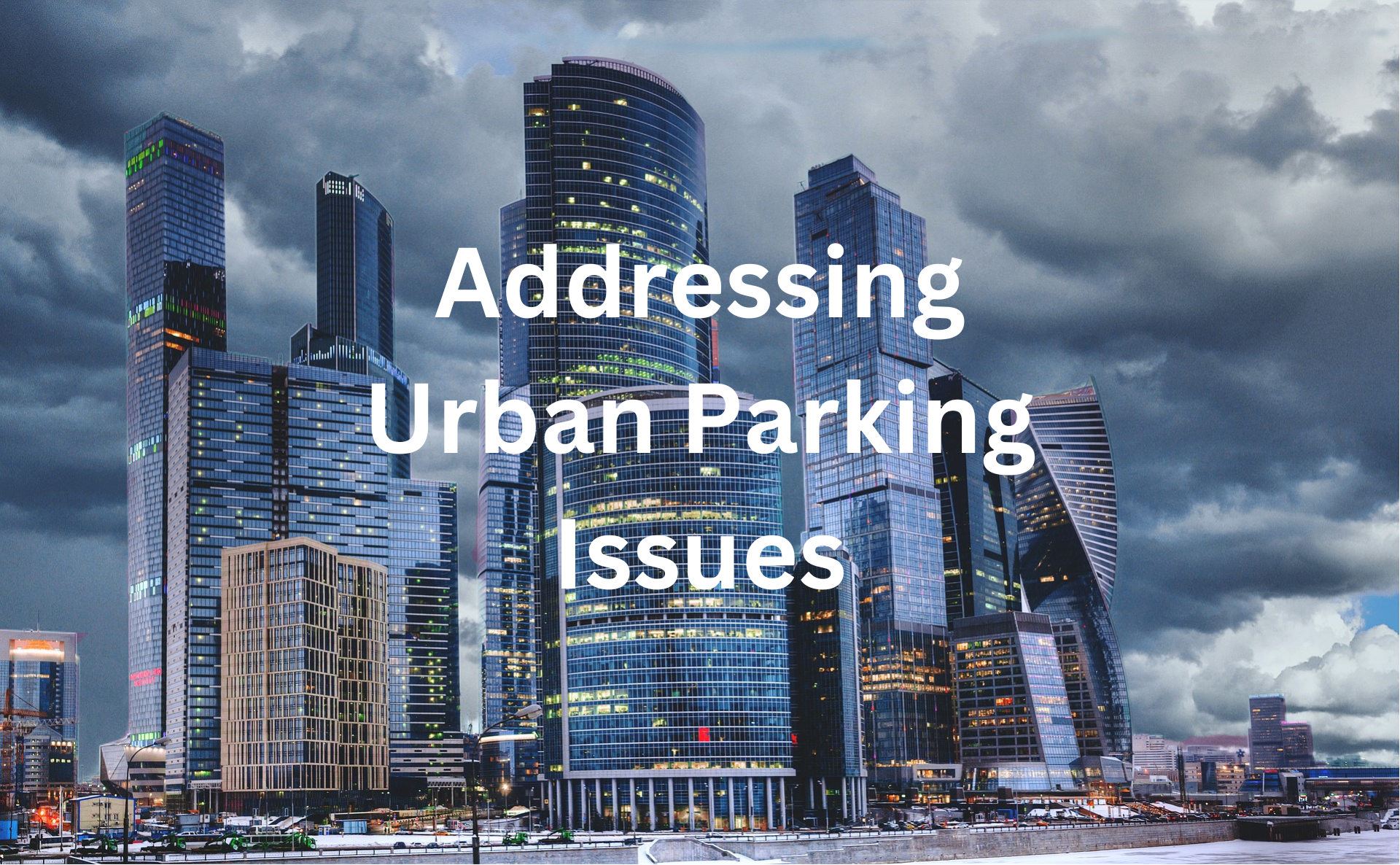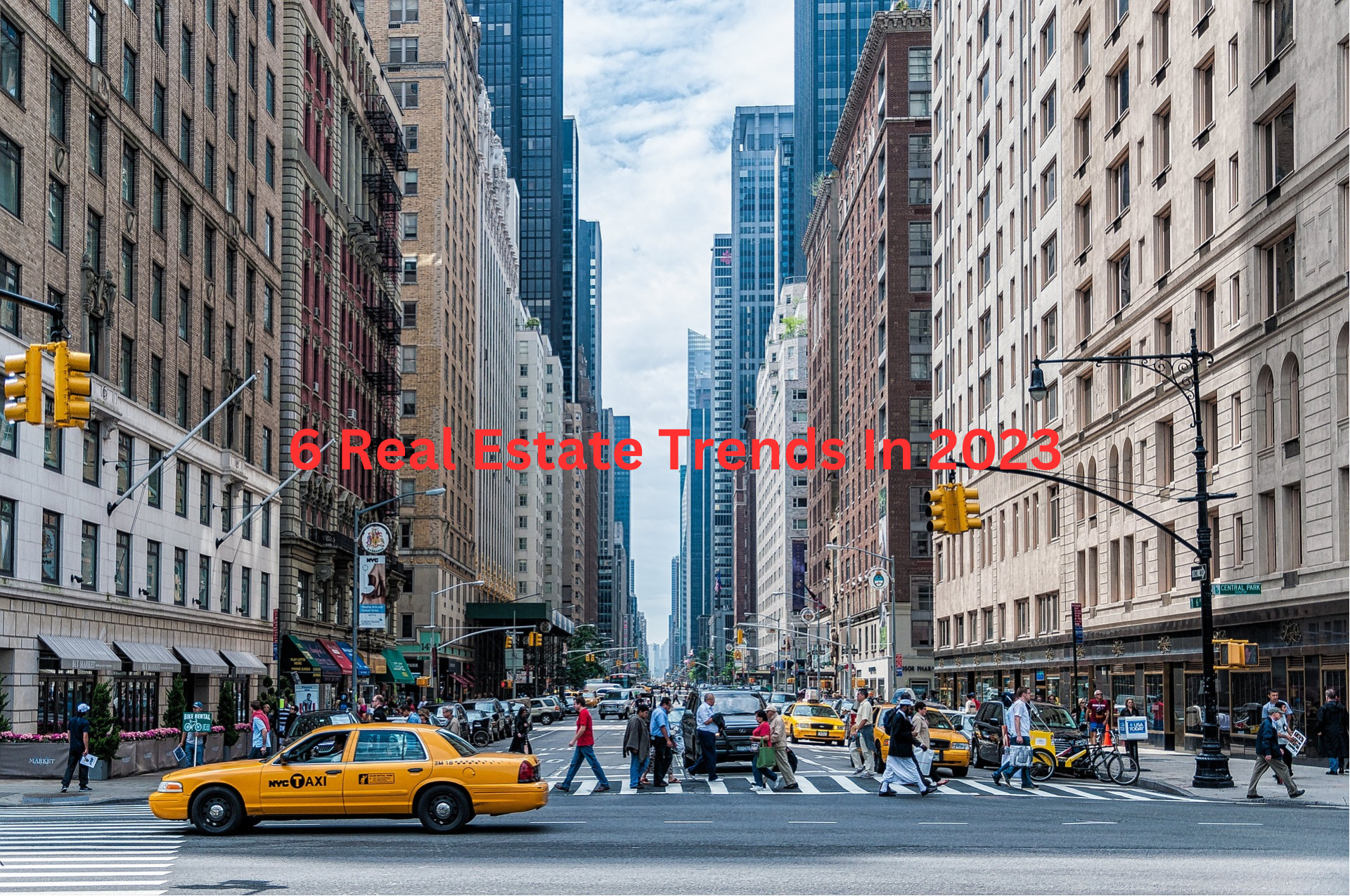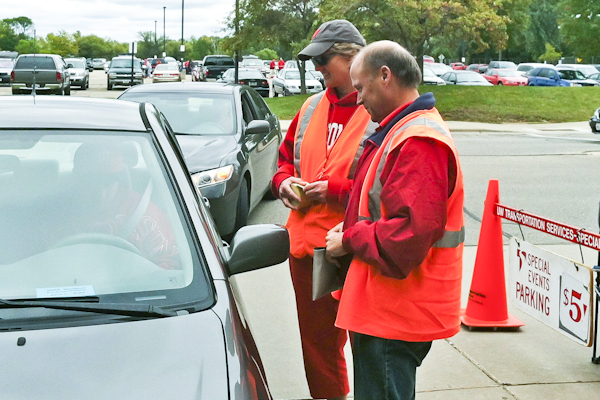Addressing Urban Parking Issues
Urban areas are grappling with the growing challenge of limited parking spaces and increasing demands from residents and visitors. This article explores various strategies and technologies aimed at alleviating urban parking concerns, providing insights into how cities can enhance parking availability, improve traffic flow, and create a more convenient and stress-free parking experience.
Enabling Smart Parking Infrastructure
By integrating advanced technologies such as sensors, data analytics, and mobile applications, cities can revolutionize parking management systems. Smart parking infrastructure offers benefits such as real-time parking availability updates and seamless payment solutions, enhancing parking efficiency and reducing congestion. This article highlights the potential of smart parking infrastructure in creating a more connected and convenient urban parking ecosystem.
Embracing Non-Motorized Means of Travel
To combat issues like traffic congestion and air pollution, cities are increasingly promoting non-motorized means of travel. Walking, cycling, and other non-motorized transportation options provide sustainable and efficient ways to navigate urban environments. This article explores the benefits of embracing non-motorized travel, including improved public health, reduced environmental impact, and enhanced urban mobility.
Enhancing Commuter Parking Facilities
Commuter parking facilities play a vital role in providing a seamless commuting experience. By investing in innovative technologies and optimizing space utilization, cities can improve accessibility, capacity, and efficiency of these facilities. This article delves into the importance of enhancing commuter parking facilities and highlights strategies to alleviate congestion and promote sustainable transportation options.
Revamping Multi-Level Parking Facilities
Multi-level parking structures offer space-efficient solutions to meet the growing parking demands in densely populated areas. However, many existing facilities require revamping to address design limitations and traffic flow issues. This article explores the importance of revamping multi-level parking facilities and suggests strategies such as implementing modern technologies, improving signage and wayfinding systems, and prioritizing safety and accessibility.
Deploying Variable Rate Pricing Models
Fixed-rate pricing models may not effectively address the diverse parking needs of urban areas. Deploying variable rate pricing models, based on data-driven insights and demand-responsive algorithms, can optimize parking utilization, revenue generation, and traffic management. This article highlights the potential of variable rate pricing in encouraging parking turnover, incentivizing alternative transportation options, and maximizing parking space utilization.
By implementing these strategies and leveraging innovative technologies, cities can alleviate urban parking concerns and create a more efficient and convenient parking experience for residents and visitors.



